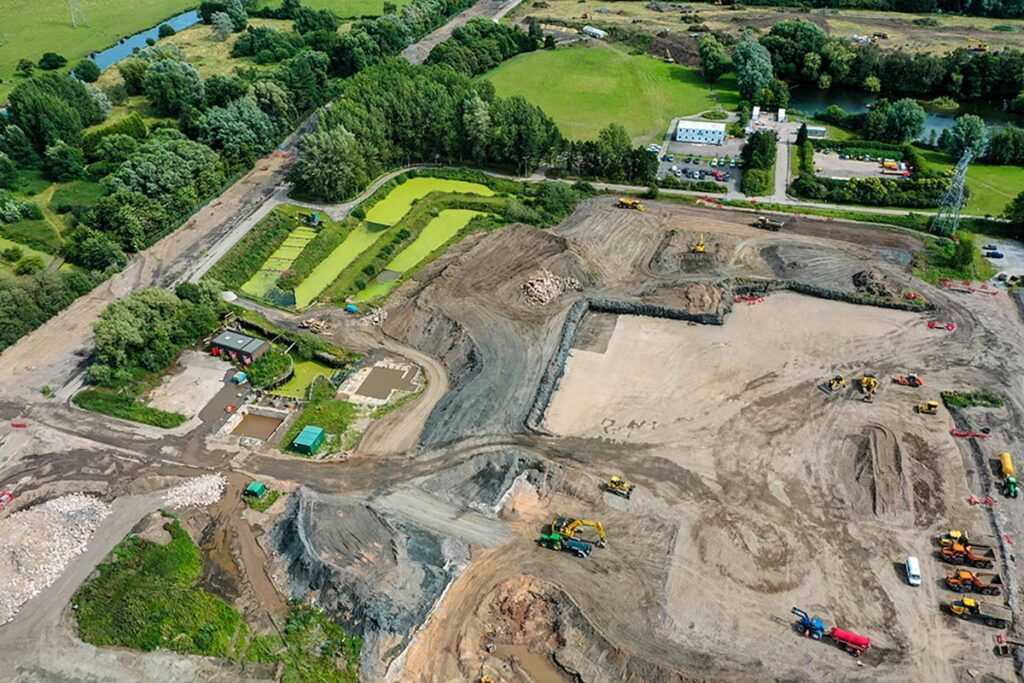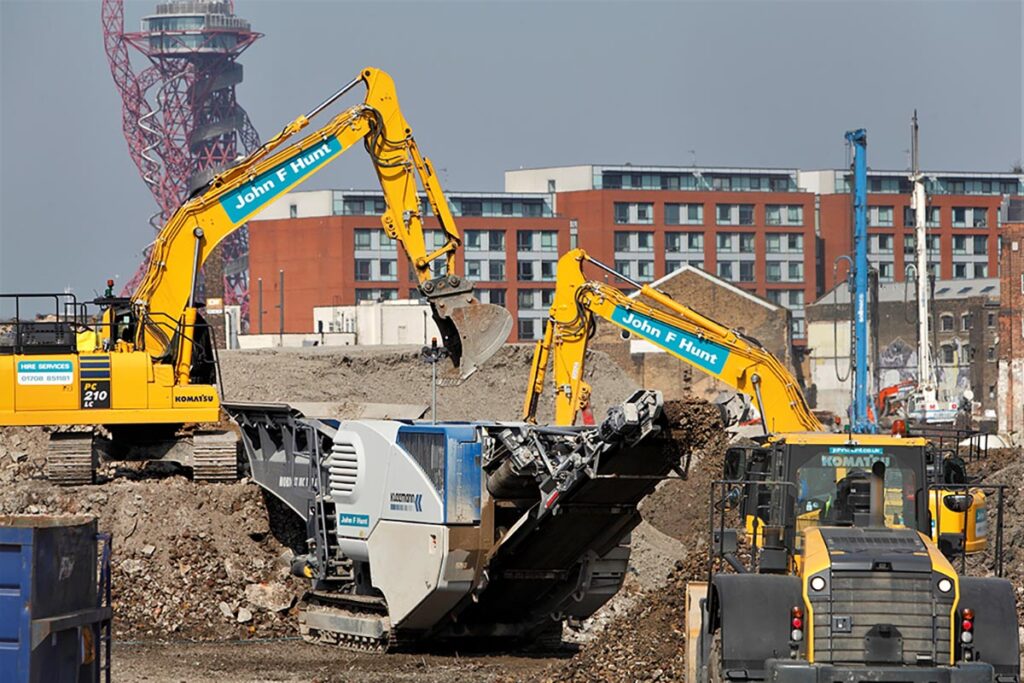Brownfields, typically former industrial or commercial sites now vacant or underused due to environmental contamination, represent a complex challenge in urban development. These sites often contain hazardous substances or pollutants, making their redevelopment a highly specialised task. This is where Brownfield enables contractors to step in. They offer various solutions, from site assessment and cleanup to planning and implementing redevelopment initiatives. It’s possible to transform these neglected and potentially harmful sites into productive community assets by leveraging these services.
The Environmental Benefits of Brownfield Redevelopment
One of the most compelling reasons to focus on brownfield redevelopment is its environmental impact. Primarily, it significantly reduces the expansion of impervious surfaces. Paved surfaces like roads, parking lots, and buildings prevent water from soaking into the ground, leading to runoff that can carry pollutants into our waterways. By redeveloping brownfields, we limit the need for new impervious surfaces. Data suggests that redeveloping brownfields reduces the amount of impervious surface expansion by a whopping 73-80%.
Another key environmental benefit is the impact on transportation. Brownfield sites are often located in urban areas with existing infrastructure and public transit. When these sites are redeveloped for residential or commercial use, they reduce the distance people need to travel for work or amenities. This reduction in travel contributes to fewer vehicle miles travelled (VMT), leading to lower emissions. On average, brownfield redevelopment reduces per capita VMT by an estimated 32-57%.

A perfect example of these environmental benefits is the redevelopment of the Futura Park Development, Ipswich. IPC/IPPC covered the site permits for potentially harmful emissions and Water Industry Act Referral. As Principal Contractor, John F Hunt’s works included the demolition, remediation and enabling for the redevelopment of the site ready for commercial and retail use by John Lewis and Waitrose. The project revitalised a 44-acre land site once occupied by foundry/iron works, evolving into engineering works with chimneys, storage tanks, travelling cranes and railway sidings. Starting with the John Lewis/Waitrose plot, a new road, footpath and planting areas followed.
The Economic Advantages of Brownfield Redevelopment
Apart from environmental benefits, redeveloping brownfields can also spur significant economic growth. One of the main economic advantages is the potential increase in property values. As brownfields are cleaned up and redeveloped, the area’s desirability improves, often leading to an increase in nearby residential property values. In the United States, extensive research has been conducted on brownfield redevelopment’s economic and environmental benefits. The US EPA estimates that property values as far as 1.29 miles away can increase 5-15.2% following the cleanup of a brownfield.
Moreover, municipalities can increase their tax base by transforming these underused sites into productive properties. The former brownfield site itself, once a liability, becomes a source of tax revenue. This additional revenue can be invested in the community, funding services like schools, parks, and public safety.
Understanding the advantages of brownfield redevelopment is one thing, but making it happen requires unique skills and expertise. That’s where brownfield enabling contractors come into play. These services encompass everything needed to transform a contaminated site into a viable property. From initial site assessments to cleanup and remediation to planning and implementing redevelopment strategies, they provide end-to-end solutions for brownfield redevelopment.

One critical role of these contractors is to identify and mitigate the environmental risks associated with brownfields. They conduct comprehensive site assessments to determine the extent of contamination and develop appropriate cleanup strategies. The objective is not just to clean up the site but to do so in an environmentally responsible and sustainable way.
Once the site is cleaned up, the redevelopment is planned. This involves a detailed analysis of the site’s potential, considering factors like location, accessibility, and market demand. The plan should align with the community’s needs and vision, whether it’s for residential, commercial, or community use.
In addition to planning, brownfield enabling contractors also play a crucial role in securing funding for these projects. Redeveloping brownfields can be costly, and these services help identify and access various funding sources, such as grants, loans, and tax incentives.
Brownfield enabling contractors not only make redevelopment possible but they also ensure it is done in a way that maximizes the benefits for the community and the environment. John Morris of the US EPA Brownfields Program, an expert in brownfield redevelopment, underscores this point. He notes, “Brownfield redevelopment is not just about cleaning up contaminated sites. It’s about transforming these sites into community assets that enhance the local economy, improve the environment, and better the quality of life.”
In summary, brownfield redevelopment presents a significant opportunity to revitalise urban areas, protect the environment, and stimulate economic growth. Through brownfield enabling contractors, these once-neglected sites can become vibrant and productive again.